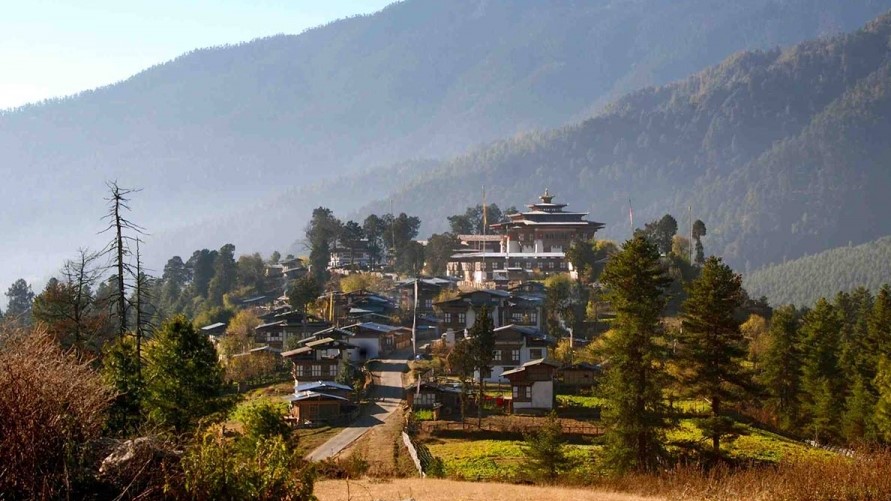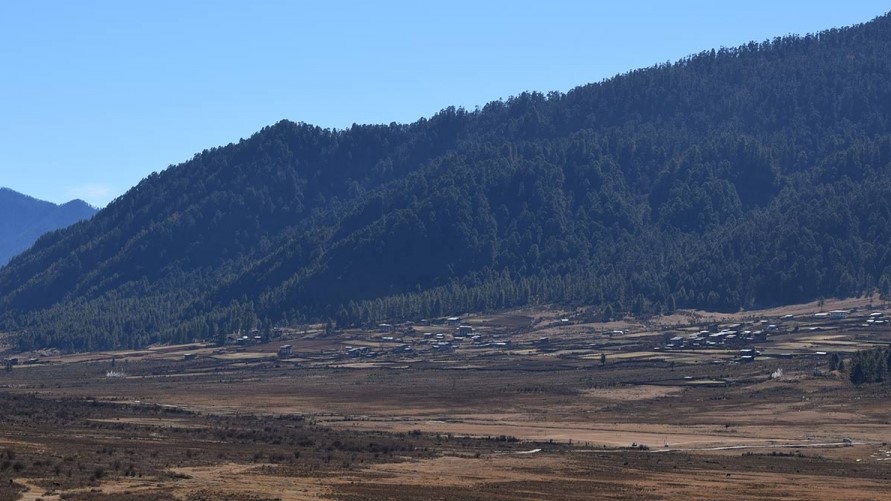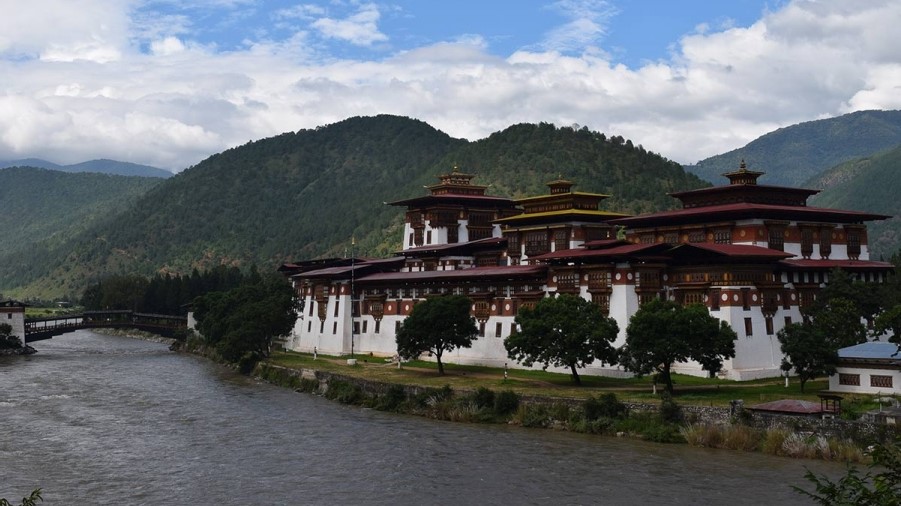Gangtey Gonpa Lhakhang is also known as Gangtey Sanga Choeling Goenba is located on a hilltop at an altitude of 2800m above sea level offering a stunning view of the Phobjikha Valley, home to endangered black-neck cranes. This monastery was founded here in 1613 by Gyalse Pema Thinley, the grandson and reincarnation of the mind of Pema Lingpa, and the goenba was built by Tenzing Legpai Dhendup, the second reincarnation. The current abbot, Kuenzang Pema Namgyel, is the ninth reincarnation.
Gangtey Gonpa Lhakhang or Gangtey Monastery, is an important monastery of Nyingmapa school of Buddhism, the main seat of the Pema Lingpa tradition. The Monastery has been completely restored under the present Gangteng Tulku, H.E. Rigdzin Kunzang Pema Namgyal from 2002–2008.The rebuilt monastery was consecrated by the present incarnation of Pema Lingpa on the October 10, 2008, graced by the fourth King of Bhutan.
Everyone including Bhutanese who visit to Gangtey will make visit to the monastery and most of the foreigners after visiting monastery, we do the Gangtey Natural Hike. The hike is the most easiest hilke in Bhutan but we can see the Phobjikha valley so beautifully. This is valley is the home to black neck crane birds in the winter. In summer they move to Tibet.






